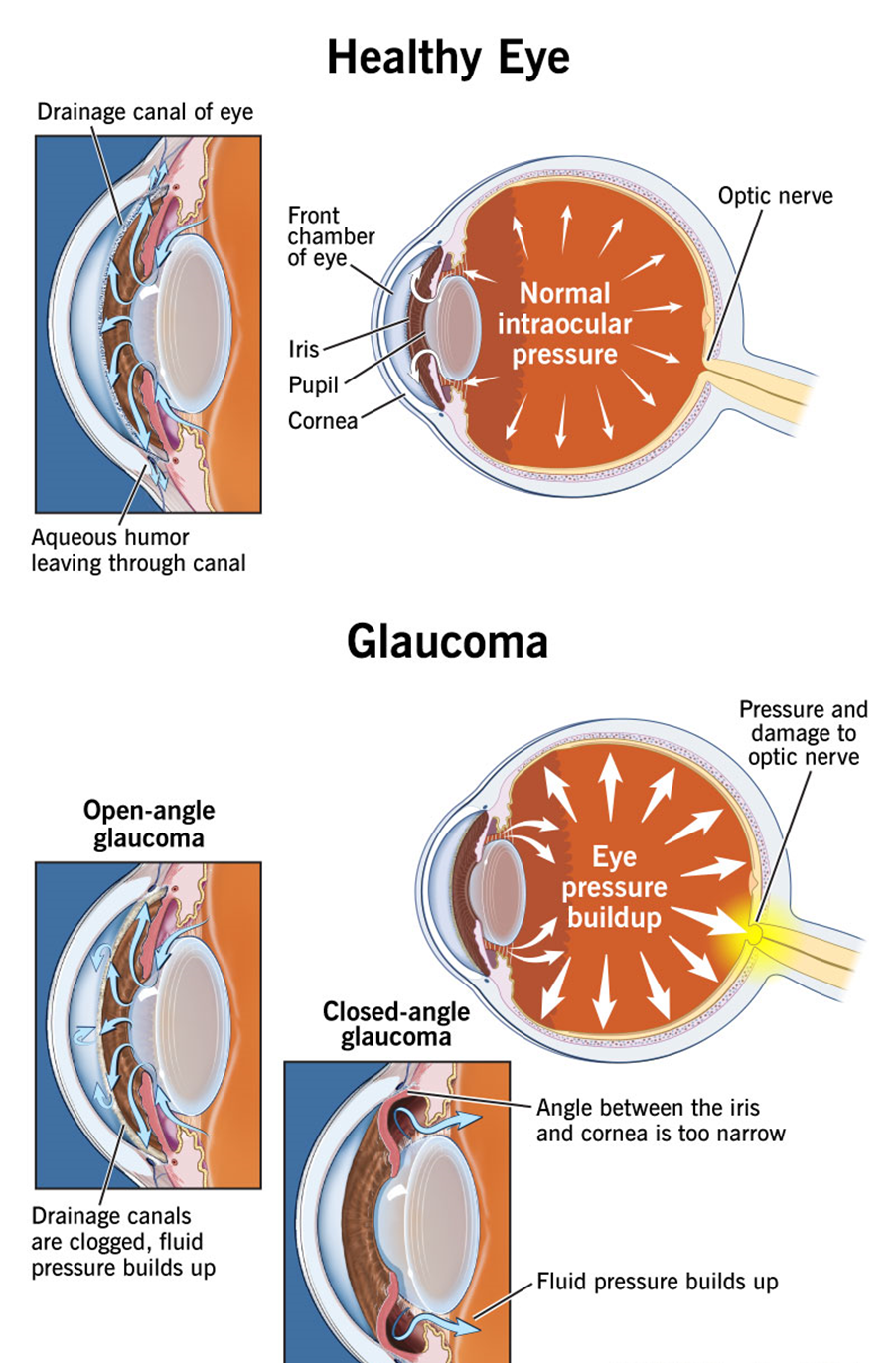The nurse is providing education to a client about nutrition. Which foods should the client be instructed to limit in their diet? (Select all that apply)
Cured fat food
Vegetables
Canned soups
Processed snacks
Sugary drinks
Correct Answer : A,C,D,E
Choice A Reason:
Cured fat foods, such as bacon, sausages, and other processed meats, are high in saturated fats and sodium. Consuming these foods in excess can lead to increased cholesterol levels and a higher risk of heart disease. Limiting these foods is essential for maintaining a healthy diet and reducing the risk of chronic diseases.
Choice B Reason:
Vegetables are generally low in calories and high in essential nutrients, including vitamins, minerals, and fiber. They are an important part of a balanced diet and should not be limited. Instead, increasing vegetable intake is often recommended for better health outcomes.
Choice C Reason:
Canned soups often contain high levels of sodium, which can contribute to high blood pressure and other cardiovascular issues. Limiting the intake of canned soups can help manage sodium consumption and promote better heart health.
Choice D Reason:
Processed snacks, such as chips, crackers, and packaged baked goods, are typically high in unhealthy fats, sugars, and sodium. These foods can contribute to weight gain, high blood pressure, and other health problems. Reducing the intake of processed snacks is beneficial for overall health.
Choice E Reason:
Sugary drinks, including sodas, fruit juices with added sugars, and energy drinks, are high in calories and can lead to weight gain and increased risk of type 2 diabetes. Limiting sugary drinks is crucial for maintaining a healthy weight and preventing chronic diseases.
Nursing Test Bank
Naxlex Comprehensive Predictor Exams
Related Questions
Correct Answer is C
Explanation
Choice A Reason:
A client who is 3 days postoperative and has a nursing assistant helping him out of bed is at some risk for falls due to recent surgery and potential weakness. However, the presence of a nursing assistant reduces this risk significantly. Postoperative clients are often monitored closely and assisted with mobility to prevent falls.
Choice B Reason:
An adolescent client who has a leg fracture and has been using crutches for the past 2 weeks is at risk for falls due to the use of crutches and limited mobility. However, adolescents generally have better balance and coordination compared to older adults, and they adapt quickly to using mobility aids.
Choice C Reason:
An older adult client who is confused and has urinary frequency is at the greatest risk for falls. Confusion can lead to disorientation and poor judgment, increasing the likelihood of falls. Urinary frequency can cause the client to rush to the bathroom, further increasing fall risk. Older adults also tend to have decreased strength and balance, compounding the risk.
Choice D Reason:
A client with diabetes mellitus who has a leg ulcer is at risk for falls due to potential neuropathy and impaired mobility. However, this risk is generally lower compared to a confused older adult with urinary frequency. The leg ulcer may cause some mobility issues, but it does not typically lead to the same level of disorientation and urgency as urinary frequency.
Correct Answer is C
Explanation
Choice A reason: Asthma
Diphenhydramine is an antihistamine that can cause drying of the airways and thickening of bronchial secretions, which might exacerbate asthma symptoms. However, it is not strictly contraindicated in asthma patients. Instead, caution is advised, and it should be used under medical supervision if necessary.
Choice B reason: Hypertension
While diphenhydramine can cause mild increases in blood pressure due to its anticholinergic effects, it is not contraindicated in patients with hypertension. Patients with hypertension should use it cautiously and under medical advice, but it is not an absolute contraindication.
Choice C reason: Glaucoma
Diphenhydramine is contraindicated in patients with glaucoma, particularly closed-angle glaucoma. This is because diphenhydramine has anticholinergic properties that can increase intraocular pressure, potentially worsening the condition. Patients with glaucoma should avoid using diphenhydramine to prevent complications related to increased eye pressure.

Choice D reason: Depression
Diphenhydramine is not contraindicated in patients with depression. However, it can cause drowsiness and sedation, which might affect mood and energy levels. Patients with depression should use it cautiously and under medical supervision, but it is not an absolute contraindication.
Whether you are a student looking to ace your exams or a practicing nurse seeking to enhance your expertise , our nursing education contents will empower you with the confidence and competence to make a difference in the lives of patients and become a respected leader in the healthcare field.
Visit Naxlex, invest in your future and unlock endless possibilities with our unparalleled nursing education contents today
Report Wrong Answer on the Current Question
Do you disagree with the answer? If yes, what is your expected answer? Explain.
Kindly be descriptive with the issue you are facing.
